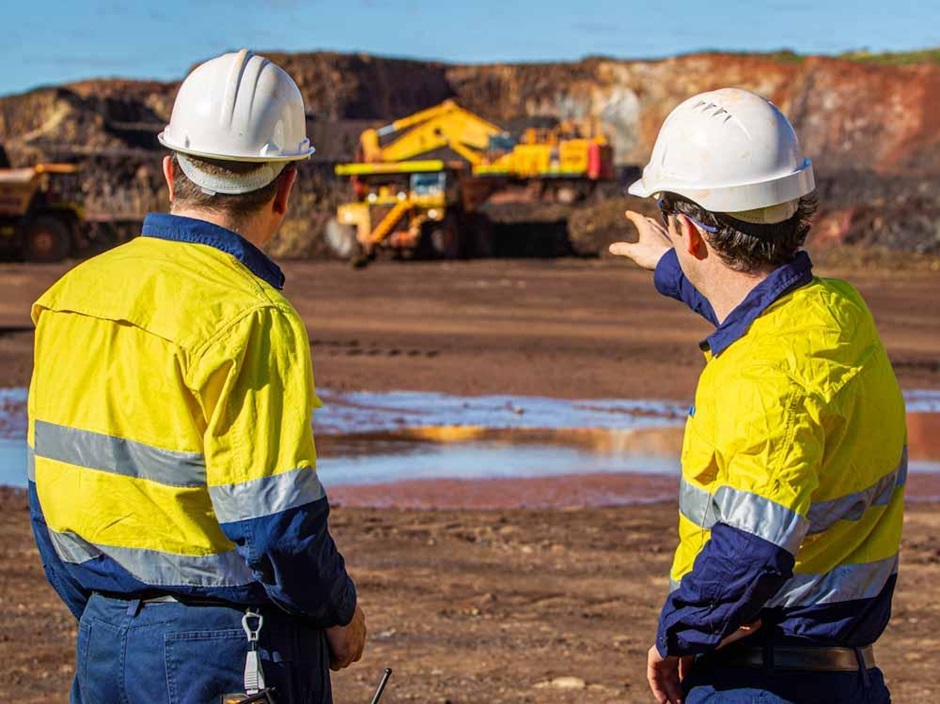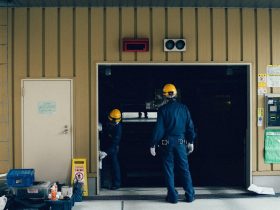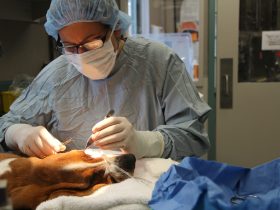Among numerous things miners have to look after and pay attention to during hard and demanding work in the mines, having the best machinery and knowing how to handle them safely are probably integral parts of the whole process. Machines not only play a crucial role in the mining process, but heavy machinery can also cause malfunctions. Unfortunately, there have been plenty of reports where miners died or succumbed to some life-threatening accidents caused by malfunction, damage, or faulty maintained machinery.
To avoid being injured in any manner while handling or operating heavy mining machinery, operators need to fully comprehend how to use and handle all machinery types. Whether the problem arises within air-powered tools, conveyors, roof or rock bolting machines, milling machines, or any other loading or haulage vehicles and machines, there are a few safety practices miners and operators need to learn and utilize. To advance mine safety, we have put together a thorough guide on five essential safety practices every miner ought to understand.
1. Performing a job hazard analysis
Mining is a century-old industry that involves digging deep into the Earth’s depths to find the most precious metals and resources necessary for mankind. With such importance comes great job risk, and through the centuries, people have undergone a plethora of hazards and even deaths to get what was asked of them. For that matter, every miner, mining machine operator, and employee needs to be fully aware of what the potential threats are, and how to identify and evaluate all hazards and risks connected with the mining contractor’s work. Performing a job hazard analysis entails creating a neat plan that includes understanding the nature of mining risk, knowing how such risk would affect the people, and choosing the right strategy to minimize all mining hazards. When you need to handle mining machinery, you need to identify even more dangers and conduct a detailed study to reduce safety concerns. The first safe machinery practice involves performing such detailed analysis, outlining it in the employees’ contract, documenting all potential hazardous possibilities, and explaining what precautions can be performed to enhance safety and health.
2. Providing training for mining contractors and understanding the vitality of proper safety equipment use
Whether you are employed at the mine full-time or hired as a mining contractor for the seasonal work or upon the project’s completion, in any case, you need to be properly trained and have the best equipment. Firstly, the mining company needs to organize comprehensive safety training as well as orientation training to assist all employees in understanding the risks and dangers associated with mining work and providing safety protocols. Next, when operating mining machinery and going around the underground premises, it’s crucial to have the best safety equipment. Besides instructing personnel to wear vital PPE (personal protective equipment) such as hard hats, shoes, cap lamps, earplugs, and 3M safety equipment around the mining machinery, you need to have gas indicators and sensors to monitor the mine and alert people of potential gas hazards. Aim to buy or rent quality underground mining PPE to decrease the number of challenges and dangers the workers have to face. Only with the right training steps and professional and sturdy mining safety equipment will you be able to stay alert and ready for any outcomes.
3. Including regular maintenance and safety inspections
The next essential safety practice related to mining machines includes conducting regular maintenance procedures and safety inspections. When machines are not well maintained, no matter the size or wear and tear, they might become unsafe to handle. To prevent potential hazards or mishaps, it’s of utmost importance to conduct regular maintenance on all mining machines and to further inspect them for damage before using them. Once you detect a faulty machine or improperly maintained machine, you must tag it, report it to the person in charge, and remove it from the mine. In addition to regular maintenance, it would be advisable to perform regular safety inspections that include observing the work area around the machines and ensuring the machines are functioning properly. The threats that minors face deep underground are vast, and by habitually inspecting and maintaining the machinery, all hazards can be adequately predicted and stopped. Therefore, the qualified inspector ought to tour the mine monthly to witness if the contractors are following all the safety regulations and if not, to address the state immediately.
4. Monitoring mining contractors’ safety KPIs
Another machinery practice that every contractor ought to apply to maximize safety is monitoring the safety of KPIs. The key performance indicators, commonly referred to as KPIs, are smart indicators implemented within the mining machinery that allow inspectors, superiors or other people in charge to stay up to date and understand the machiner’s functions and conditions. When you can track the KPIs you are able to have a direct insight into the mining machine’s work, thus be able to monitor the safety performance and if necessary promptly address any non-compliance problems or deficiencies in the working procedures. What’s more, with such monitoring, you can prevent incidents, increase health and safety, know when and what kind of training to provide for the personnel and contracts, and conduct accurate performance reports.
5. Advancing physical and mental health challenges
Some of the most proof-ready safety features when operating mining machinery involves being focused, clear-headed, and mentally alert at all times. This is often easier said than done as conditions in the underground environment can be rather challenging and daunting no matter how experienced and well-equipped you might be. Performing safety measurements when working with mining machinery implies looking after your mental health. Solely the fact that an employee needs to work in a confined, distant, and isolated space for a long period can have a huge negative impact on miners’ mental well-being. What’s more, the mental notion of being away from the family and loved ones for an extended period can also have bad consequences on physical health, so it’s vital to conduct certain mental upgrades. Have regular breaks during mining, offer support services, and frequent days off of family cystitis. Set up a wellness program to improve work-life balance and safe machinery operations such as offering mental health awareness programs, organizing psychological consultations, and giving financial incentives.
Using personal protective equipment, performing regular inspections, analyzing the machinery’s condition, and staying alert of employees’ performance will undoubtedly help you highlight safety practices in the mining business.










